2017: Automotive trends and innovations
Market research shows, the average vehicle on American roads is nearly 12 years old, as drivers hold on to their old, reliable wheels for longer stretches of time. That has held true even as more people than ever bought new cars last year — 17.5 million of them.
If you’re not a consumer who bought new in recent years, the showroom floor and its wares may look different from what you’ve seen in the past. The most popular vehicles today are getting bigger in size, generating reams of data and, more and more often, pestering you to drive better. The vehicles built for the future — those that are merely bold concepts today — will be even more peculiar and provocative.
In the past two weeks, the CES technology conference in Las Vegas and the North American International Auto Show in Detroit offered tremendous insight into where automotive trends stand today and where they appear to be headed in the years to come. Below are seven trends every driver should have on his or her radar, whether looking to make a trade-in or just gawking at what’s on the road.
Autonomous driving
Let’s address the hype right here: Fully autonomous cars won’t be sold for quite a while. How long that will be exactly is an open question and most expect the transition from driver to driven will be gradual. Nevertheless, most of the major automakers and many newcomers are trying to imagine what that future will look like.
Google’s self-driving spinoff, Waymo, announced at the auto show here that it has built sensors for self-driving and will put minivans with the technology on the road this month. At CES, Ford revealed the latest iteration of a self-driving vehicle that it hopes will be ready for the road come 2021.
That doesn’t mean a vehicle you buy this year won’t assist you with the driving. What’s here today are a litany of driver-assist technologies that could put you one step closer to a hands-free future. There are sensors that activate when you drive too close to the line or if there’s a car in your blind spot. Adaptive cruise control technology automatically adjusts your speed based on the distance of the car in front of you. Rear-view cameras are joined by side-view and aerial-view cameras.
Some of these technologies have existed in various states, but they’re growing more sophisticated, said Richard Wallace of the Center for Automotive Research. “We’re moving on to higher levels of challenges now,” he said.
Crossovers
If it looks like an SUV, but drives like a car, then it’s probably a crossover. That’s the name given to vehicles built on a car frame with the design features and functionality commonly associated with sport-utility vehicles — think the Honda CR-V and Toyota RAV4. They’re more popular than ever. Americans bought 5.6 million of them last year alone, which translates to nearly a third of all new car sales.
If the auto show is any indication, you’ll soon see even more models in dealerships. Nissan debuted the Rogue Sport, the slimmer sibling to its top-selling Rogue. Mazda displayed the all-new CX-5 and Ford the EcoSport, both of which were first seen at the L.A. Auto Show in November. Before the show even officially started, GMC lifted the cover on a smaller version of the Terrain.
Michelle Krebs, a senior analyst at industry research firm Autotrader, attributes the popularity of crossovers to their versatility. Sure, they are more fuel efficient than larger SUVs and trucks, and drivers certainly care how much they pay at the pump. Ultimately, though, many car-buying decision comes down to lifestyle, Krebs said. Young families need a place for every tot. Baby boomers can more easily get in and out of higher seats. Shoppers who buy in bulk want more cargo space.
Of course, if you want something even bigger, automakers have that covered, too. Volkswagen has the forthcoming seven-seater Atlas, and Subaru showed off the Viziv-7 concept. Ford also has some big cars on the way, but more on that in a minute.
Big data in the car
Your car and your smartphone are starting to have a lot in common, though only one can be used to take a selfie — at least for now. Automobiles increasingly come with Internet connections, and in just a few years that technology will almost certainly be ubiquitous. As it stands, the Department of Transportation proposed rules requiring that all new cars on the road must be able to “talk” to one another digitally starting in 2020. Regulators and automakers alike see the potential for such technology to reduce traffic accidents and fatalities.
But the wired car also opens the door to more data about drivers being collected and shared than ever before. Ford, Toyota and other automakers joined together to launch a common infotainment system that connects to Apple iOS and Google Android. That means app developers can adapt their creations for the car more easily, and customers on the platform could have more ways to integrate their car with the other devices that power their lives. Ford, for example, also announced some of its cars will use Amazon Echo and the virtual assistant Alexa, meaning you will be able to command your car to do things using just your voice.
The arrival of big data in the automobile has reason to give consumers pause. For one, there are privacy and security concerns that require vigilance — car hacking has the potential to become a problem if automakers do not effectively safeguard against it. What’s more, automakers already have plans to turn that data into revenue, though many agree that car data belongs to the customer and they should determine how it gets used.
What’s old is new
For all the innovative proposals that automakers put forward, there are certain mainstays that customers simply won’t shake. And some of the big announcements at the show here were revamped versions of vehicles that are already popular.
Toyota made a splash with the all-new 2018 Camry, its most modern take on America’s best-selling car for 15 years straight. Ford released a new version of its iconic F-150 pickup truck, the best-selling vehicle in the country for more than 30 years. Both come with more streamlined designs and in-car technology, among other new features, but they’re still likely to feel familiar.
In 2020, Ford also plans to bring back its cult-favorite Bronco, which has not been manufactured since 1996. The Ford Ranger, the second-most popular pickup outside of North America, will join its U.S. fleet a year earlier. More futuristically, VW unveiled a concept version of its iconic, ’70s-era microbus that is self-driving and electric. Called I.D. Buzz, a vehicle similar to the concept on display here could hit the market in 2022, the company said.
Even more electric vehicles
Automakers are producing more all-electric and hybrid vehicle models than ever, with even more slated to come down the pike.
Ford announced plans recently to produce 13 electrified models by 2020. Mercedes will make 10 by 2025. Volkswagen, which is out to prove its environmental fortitude after the diesel emissions scandal, has 30 of them in the works. The Chevy Bolt EV was named the North American Car of the Year here.
Here’s the wrinkle: People aren’t really buying them. About 170,000 hybrid and plug-in vehicles were sold in 2016, a 25.2% decline from the year before, according to Kelley Blue Book. Even fewer electric vehicles were sold last year — about 50,000, a 1.6% increase from 2015.
But there is reason to believe the market will ripen. The distances that electric vehicles can travel on a single charge has increased substantially in just a few years. What’s more, the Obama administration and automakers have announced plans to install thousands of charging stations along major thoroughfares. That should help ease concerns about what happens if your car starts to run out of juice.
Ultimately, however, a big incentive to buy electric is high gasoline prices — and right now they are well off their peak. Still, automakers need to make them sell. The industry has spent a lot of money on their research and development and, at least for now, must work toward fuel efficiency and environmental goals established under the Obama administration.
Let’s make a deal
Last year brought automakers their unprecedented eighth consecutive year of sales growth. One of the big reasons for that: They offered serious financial perks to close deals. Those included discounts on sticker prices and rebates, as well as longer payback terms and competitive interest rates. The average incentive in 2016 was $3,341, compared with $2,912 for the year before, according to Kelley Blue Book.
Whether that continues this year may depend on how much dealers have to hustle to win customers. On the one hand, sellers may be motivated because demand is expected to decline. Some analysts suspect that consumers who were holding off on big purchases during the recession may have already turned the key. The Federal Reserve is also expected to increase interest rates, which could mean less attractive financing terms if automakers push that increase onto buyers. (That may not happen, however, if automakers try to stay competitive, analysts note.)
There are other factors at play as well. Job growth and the stock market have been strong of late, which automakers hope will give consumers the confidence to spend. President-elect Donald Trump has also talked about rolling back regulation, cutting corporate taxes and investing in infrastructure — all of which would be a boon for the auto business.
In short: You’ll still have to negotiate. Hard.
Send in the millennials
They’re at it again. The supposedly narcissistic, entitled generation that everyone loves to hate is shaking up the car industry as much as anything else. Automakers are starting to develop their own ride-hailing and sharing services because some young urbanites don’t want to own cars. Ford will expand its minibus ride-sharing program, called Chariot, to eight cities by the end of the year.
But millennials are actually buying cars. A J.D. Power survey from last year found they made up 28% of the new car market — and that share will probably grow as the generation born in the 1980s and ’90s comes of age. To capture these consumers, companies have begun tailoring vehicles to their tastes.
Fiat Chrysler introduced a concept minivan, called Portal, that could come to market within the next few years. It aims to be the millennial’s minivan. Among its features: the ability for multiple occupants to plug in their devices and share music, video, pictures and other content. It will also use face and voice recognition to identify passengers and remember their personal preferences.
“Millennials are seeking practical and functional products that provide both capability and a sense of personal style,” Fiat Chrysler said. “As a result, they want a vehicle that can be upgraded as their lives change, and they expect seamless integration of technology in and out of the vehicle, including to home and other devices.”
Toyota plans to take that idea one step further — though not until 2030. The Japanese automaker showed off a concept car at CES that, if actually developed, would come equipped with an artificial intelligence system that can detect the driver’s emotions and adjust the driving experience to improve their mood.
More information: The Washington Post

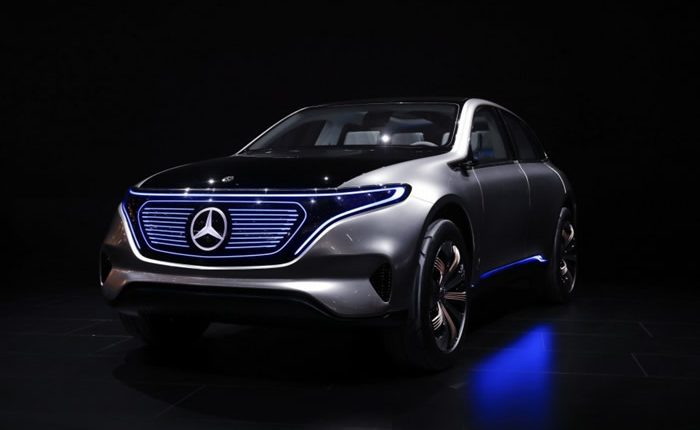
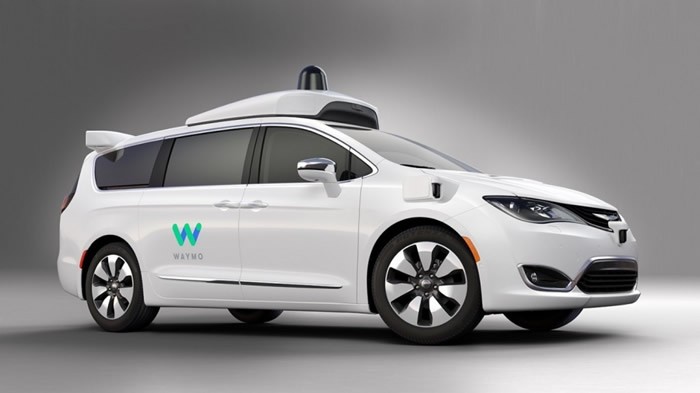
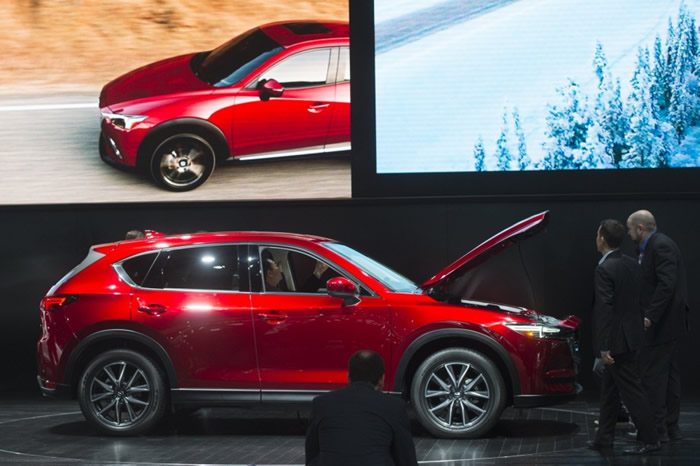
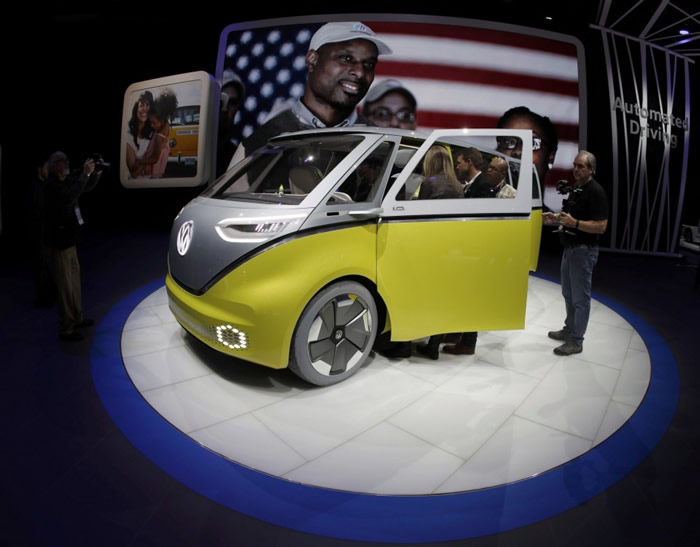
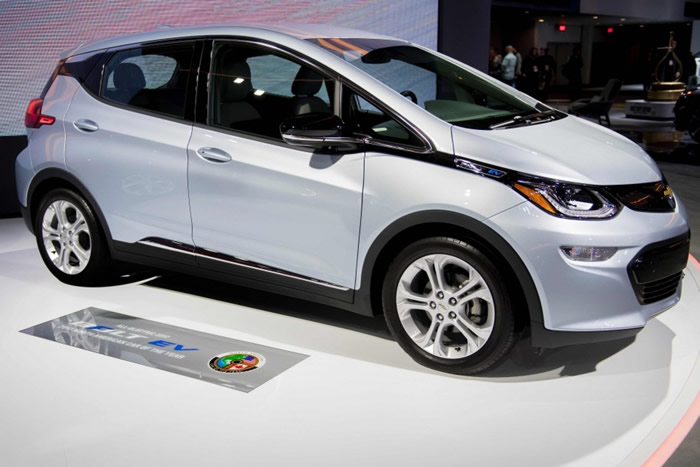
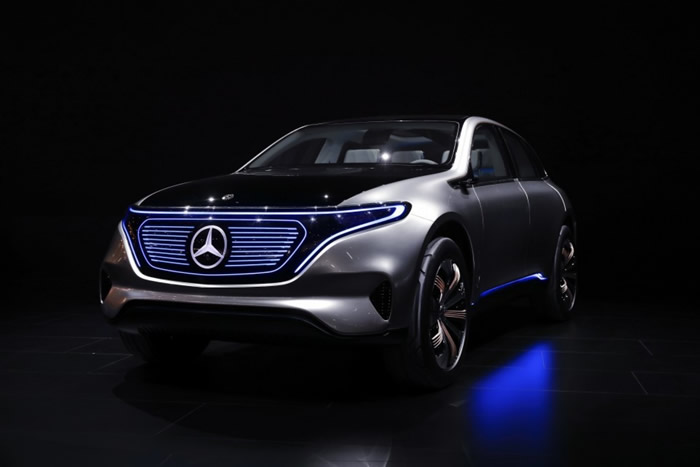
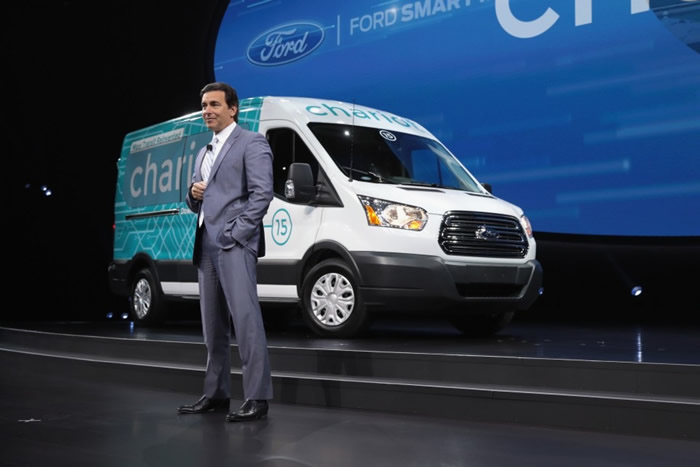
Comments are closed, but trackbacks and pingbacks are open.